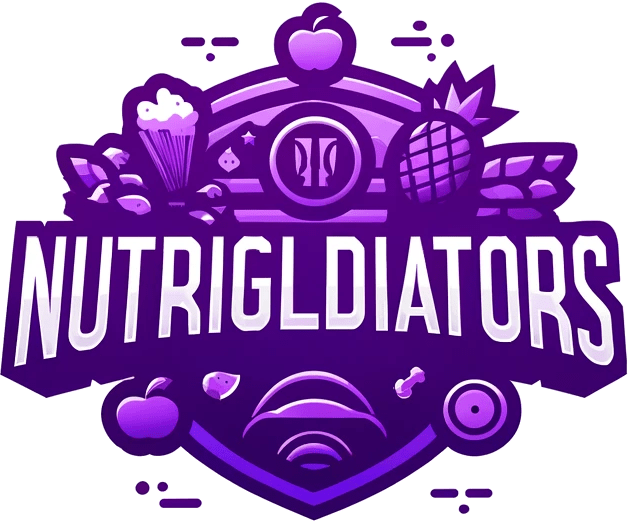[ad_1]
“You have to breathe, or you’ll die. And your brain will figure out a way to breathe under just about any possible circumstance.”
Pat Davidson
Breathing is an absolutely vital component of who you are as a human being, from the very first until the very last moment in your life.
The primary role of respiration is to get oxygen into the body. Oxygen is the ingredient that powers much of your existence, allowing you to participate in this crazy game that we call life.
But you don’t always use oxygen in the same way.
When you’re lying in bed, you require less of it. Your breathing is slow, shallow and relaxed. You can seemingly survive on a cery small amount of oxygen.
When things get really tough, there isn’t enough air around this entire planet for you to breathe in. No matter how fast and how deep you breathe, it seems like there is a debt that you just can’t repay fast enough.
This becomes apparent especially when you stop your effort; your breathing muscles keep working for quite some time to repay that “oxygen debt” that you just created. Only once the debt gets paid off in full do these muscles start to calm down and gradually get back to their resting work rate.


If you run 200 meters at a strong pace, you breathe hard.
If you do 5 back squats at 85% of your 1RM (rep max), you breathe hard.
If you perform an extended gymnastic hold, you breathe hard.
There is no anaerobic energy production. There is no anaerobic training.
If you sprint for 5 seconds at 100% effort, you breathe deeply.
There is no “3 to 15 seconds” anaerobic-alactic zone. In reality, your muscles utilise oxygen from the very first moment you start moving.
Despite what the textbooks have taught you, it turns out that ALL efforts are aerobic in nature.
If you take a minute to reflect on this idea, your personal experiences will confirm that statement.
We now also have access to technology (NIRS) that can tell us in real time how our muscle oxygen levels are behaving.


Image Credit: Evan Peikon
That eye-opening data, along with our everyday experiences all point to one thing: we need to go beyond the old (and factually wrong) model of bioenergetics that is still being used today.
Performance and oxygen are linked in the most powerful of ways and we cannot move forward without coming to terms with that fact, even if in that process, we end up having to discard beliefs that we’ve long held to be true.
The aim of this blog is to start a conversation. It is an attempt at finding a better model, one that can come just a little bit closer to reality than the previous one.
In order to do so, I will need to unravel this concept and explain (to the best of my ability) why oxygen plays such a central role in the performance of athletes and casual gym goers alike.
In this first chapter, we will look at the path that oxygen takes inside the body, albeit on a fairly general level. We will focus on the different systems that are involved in order to establish a framework for the following chapters.
Once this baseline is set, we will work our way into each system in more detail. We will see how these systems can limit our performance and what we can do to train them specifically.
Oxygen As The Drive
Both for survival and for performance, we inhale to capture the oxygen from the air in our environment. Oxygen is a fundamental molecule for our organism and we cannot live without it.
When air is brought into the lungs, the oxygen is extracted and diffused into the bloodstream. In the blood, the oxygen binds to hemoglobin which carries the oxygen from the lungs to the many different tissues and organs in the body.
In order to move through the body, the oxygenated blood needs a pump. It needs something that will push it around and create flow. This is the role of the heart.
The heart is the pump that pushes the oxygenated blood through the arteries, to the organs and to the muscles.


When oxygenated blood arrives in a muscle’s capillaries, it will detach from hemoglobin and enter the mitochondria to power and assist the different energetic processes taking place inside the cell.
Oxygen is ultimately the fuel that our body uses to power movement and performance.
Once oxygen has been utilized to fuel movement, its byproducts need to be extracted from the cell/muscle. This is done once more with hemoglobin which will pick up the carbon dioxide from the muscle and take it to the lungs where it can be breathed out and released back into the atmosphere.
This cycle is automatically regulated by our brain and is repeated over 20 thousand times each day.
To sum things up:
Our respiratory system is the gateway between our internal and external environments.
The cardiovascular system, powered by the heart, delivers the supplies and removes the waste products.
The muscles are the end users – they consume what they need and give back what they can no longer utilize.
If you still remember your high school anatomy courses, none of this should be news for you.
This is good – it means that we have a common ground to work from.
In the next chapter, we will see what happens when these systems are pushed to their limits in a performance setting. We will observe that different athletes have different limiting systems and that each limitation requires a different training and programming approach to be effective.
Stay tuned…
Click here to get Remedy for Baldness discounted price while it’s still available…
[ad_2]



5 Comments
kuwin sở hữu kho game đa dạng từ slot đến trò chơi bài đổi thưởng, mang đến cho bạn những giây phút giải trí tuyệt vời.
iwin – nền tảng game bài đổi thưởng uy tín, nơi bạn có thể thử vận may và tận hưởng nhiều tựa game hấp
Khám phá thế giới giải trí trực tuyến đỉnh cao tại MM88, nơi mang đến những trải nghiệm cá cược thể thao và casino sống động.
Đến với J88, bạn sẽ được trải nghiệm dịch vụ cá cược chuyên nghiệp cùng hàng ngàn sự kiện khuyến mãi độc quyền.
Với giao diện mượt mà và ưu đãi hấp dẫn, MM88 là lựa chọn lý tưởng cho các tín đồ giải trí trực tuyến.